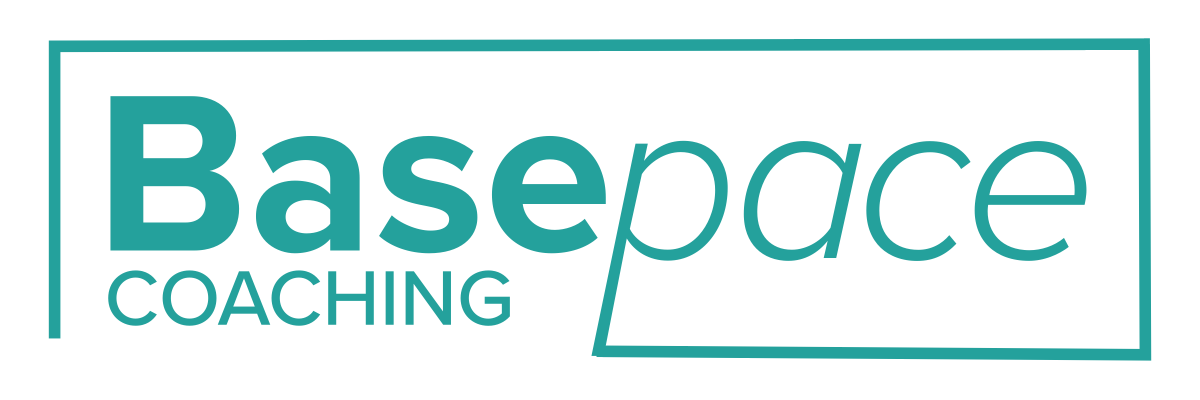Effective Feedback Strategies for Leaders: Building Stronger Teams Through Communication
As a leader, you play a crucial role in aligning organizational goals with team execution while fostering a supportive and growth-oriented environment for your employees. In this role, how you give and receive feedback can shape your team’s growth, morale, and performance.
Giving and receiving feedback effectively can transform how leaders support their teams and drive professional development. Leaders who master feedback create stronger workplace relationships, improve communication, and foster a high-performance culture.
Yet, feedback remains one of the most misunderstood aspects of leadership. Many leaders perceive it as something inherently good or bad—a reward for strong performance or a punishment for falling short.
But feedback isn’t inherently positive or negative. It just is.
Shifting Your Mindset: Feedback as a Neutral and Growth-Focused Tool
One of the most effective ways to become a strong feedback-giver (and receiver) is to shift your mindset. Feedback is simply information. It is data that helps people understand where they are now and what they need to do to improve. When you remove the emotional charge around feedback—especially fear or discomfort—it becomes easier to see it as an opportunity rather than a threat.
How you personally feel about feedback will influence the way you deliver it. If you associate feedback with criticism, you may hesitate, soften the message too much, or avoid it altogether. Conversely, if you view it as an opportunity to support development, your delivery will be more constructive and actionable.
The same applies to receiving feedback. If you approach it with defensiveness, you are likely to resist or rationalize what is being said. But if you see it as a learning tool, you create space for personal growth.
Feedback as a Collaborative Conversation
Many leaders think of feedback as a one-way street—something you tell your employees. But the best feedback is a conversation. It is a two-way process where both parties have a voice. This change in perspective turns feedback from a simple exchange of information into a meaningful dialogue that strengthens relationships and drives growth.
Here are some ways to make feedback collaborative:
Ask for input: Before giving feedback, ask the other person how they think they are doing. Their self-assessment may align with yours or offer insights you hadn’t considered.
Encourage dialogue: Instead of delivering feedback as a monologue, invite discussion. “How does this resonate with you?” or “What support would be helpful as you work on this?
Co-create solutions: Instead of prescribing what needs to be done, explore solutions together. When people take ownership of their development, they are more likely to follow through on changes.
The Purpose of Feedback: Growth, Not Judgment
At its core, feedback exists to help people grow. When feedback is given in a way that is constructive, timely, and actionable, it creates an environment of continuous improvement.
When giving feedback, consider these principles:
Be specific. General statements like “You need to be more proactive” are vague. Instead, say, “I noticed in last week’s meeting that you waited until the end to share your insights. I’d love to see you contribute earlier so we can incorporate your ideas sooner.”
Focus on behaviours, not personality. Feedback should address what someone does, not who they are. Saying “You’re too aggressive” is less helpful than “When you raise your voice in discussions, it can make it harder for others to contribute.”
Make it timely. Feedback is most effective when given soon after the behaviour occurs, while it’s still fresh in everyone’s mind.
Balance positive and constructive feedback. People need to hear what they are doing well, not just what they need to improve. A balanced approach makes feedback more digestible and encourages ongoing motivation. That said, the classic ‘sandwich’ approach is not the most effective if you want to get your message across.
Common Feedback Mistakes Leaders Make
Even well-intentioned leaders can make feedback mistakes. Common pitfalls include:
Giving vague feedback without clear action steps.
Delaying feedback until performance reviews instead of offering continuous guidance.
Focusing only on weaknesses without acknowledging strengths.
By avoiding these mistakes, leaders can make feedback more effective and supportive.
Receiving Feedback Well: The Model for Your Team
As a leader, how you receive feedback sets the tone for your team. If you expect your employees to embrace feedback with openness, you must model that behaviour yourself.
Some key practices for receiving feedback effectively:
Listen without interrupting. Even if feedback feels uncomfortable, resist the urge to defend or explain. Let the other person finish.
Ask clarifying questions. If something isn’t clear, ask for examples. “Could you give me an example of when you saw that in action?”
Express appreciation. Thank the person for their insights, even if you don’t fully agree. This reinforces a culture of feedback where people feel safe to be honest.
Reflect before reacting. Instead of responding immediately, take time to process the feedback and consider what is useful.
Key Reflections
Feedback isn’t about control or evaluation—it’s about learning and growth. As a leader, embracing feedback as a tool for development rather than judgment will help you build a stronger, more adaptable team. When given with care and received with openness, feedback becomes less of a challenge and more of an opportunity—one that benefits both individuals and the organization as a whole.
How Base Pace Coaching Can Help
Effective feedback can transform your leadership and team dynamics, but knowing where to start can be challenging. A coach can help you refine your feedback skills, enhance communication, and foster a culture of growth. At Base Pace Coaching, we equip leaders with the tools and support to navigate workplace challenges, strengthen relationships, and advance their careers. Whether you aim to improve feedback delivery, build team cohesion, or elevate your leadership, we’re here to guide you. Contact us today to learn more about our coaching services and start leading with confidence.

